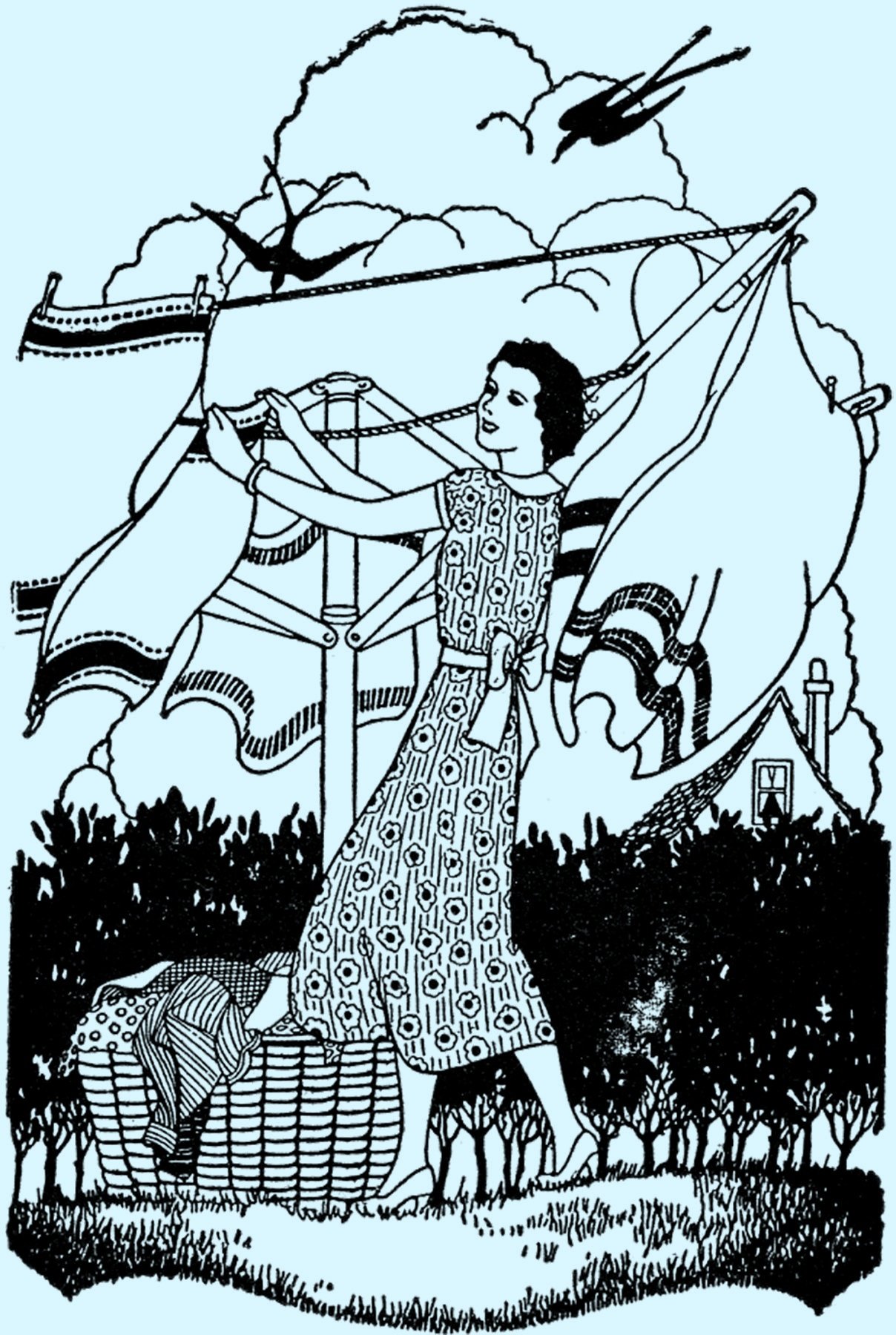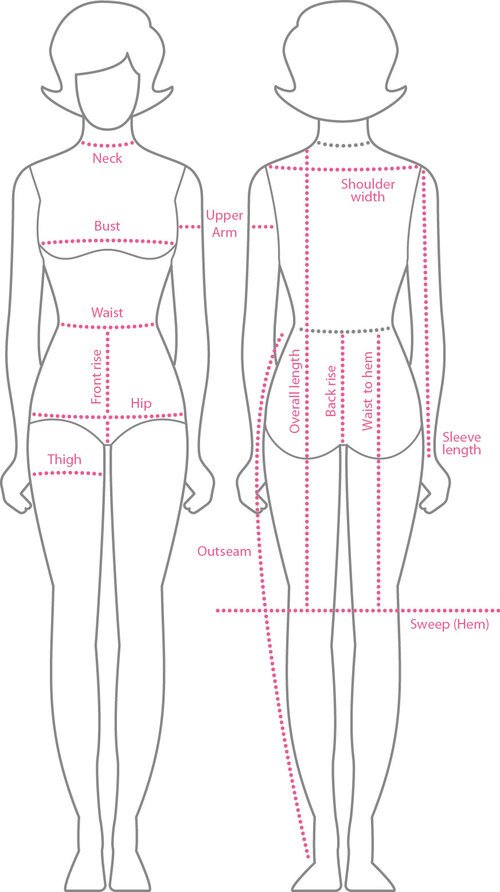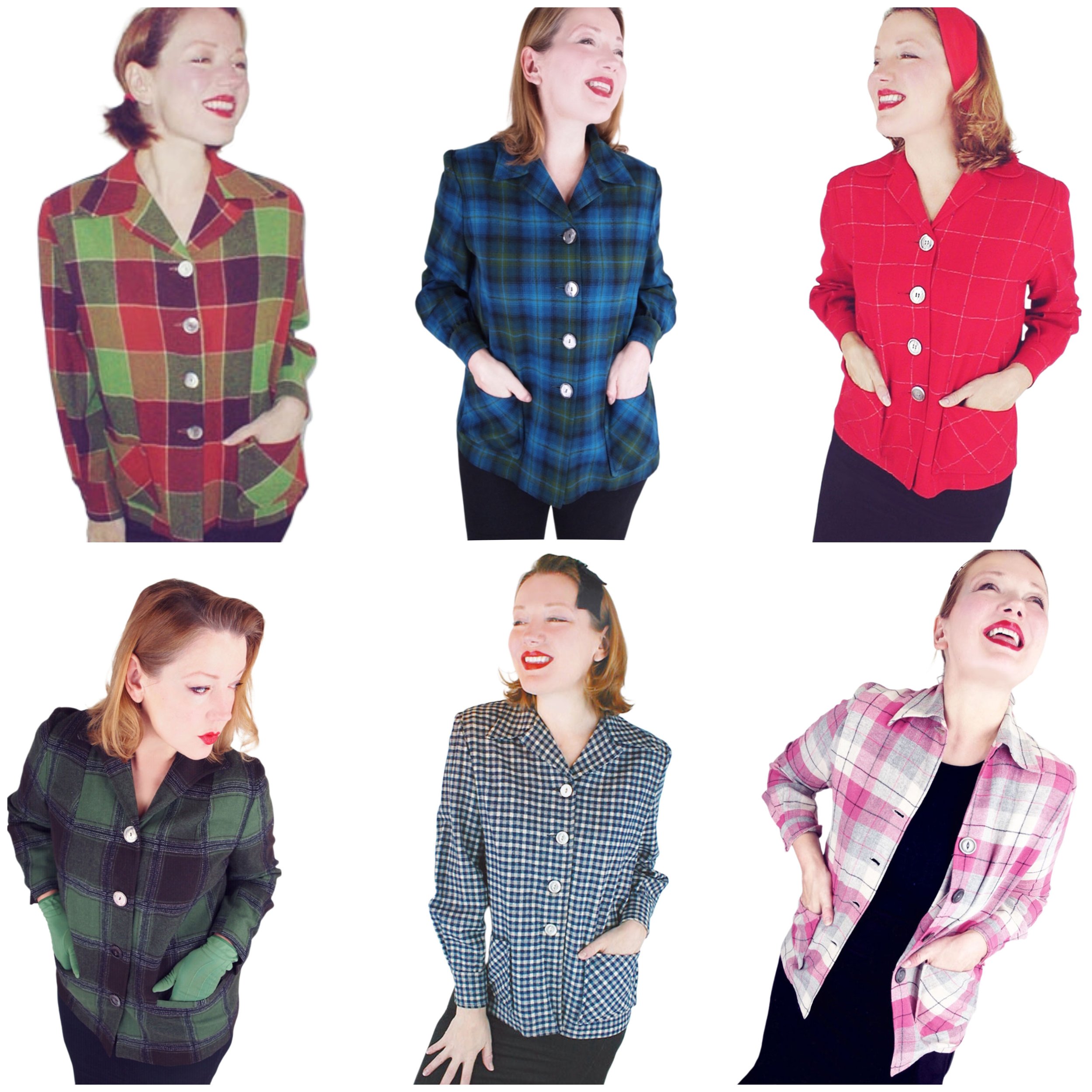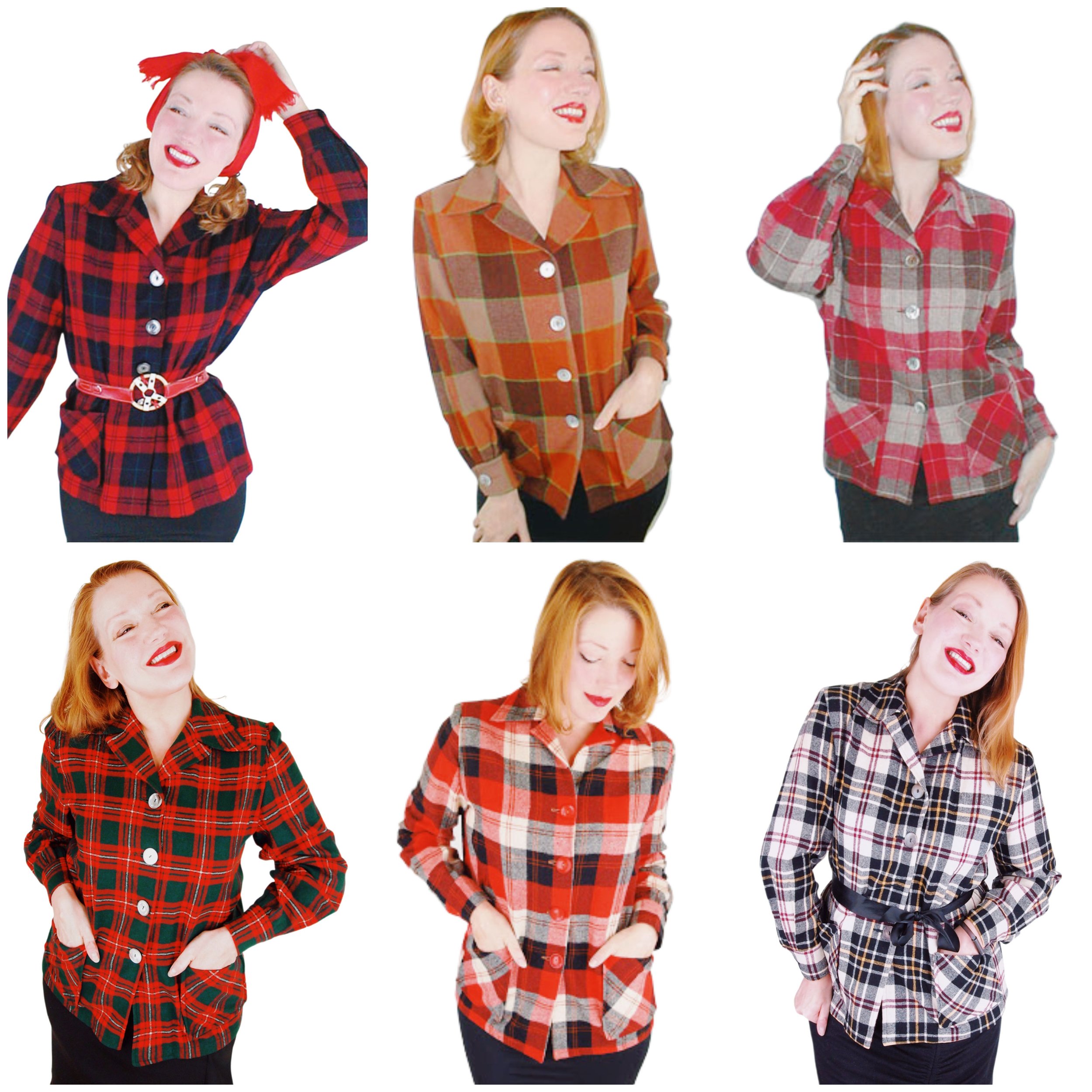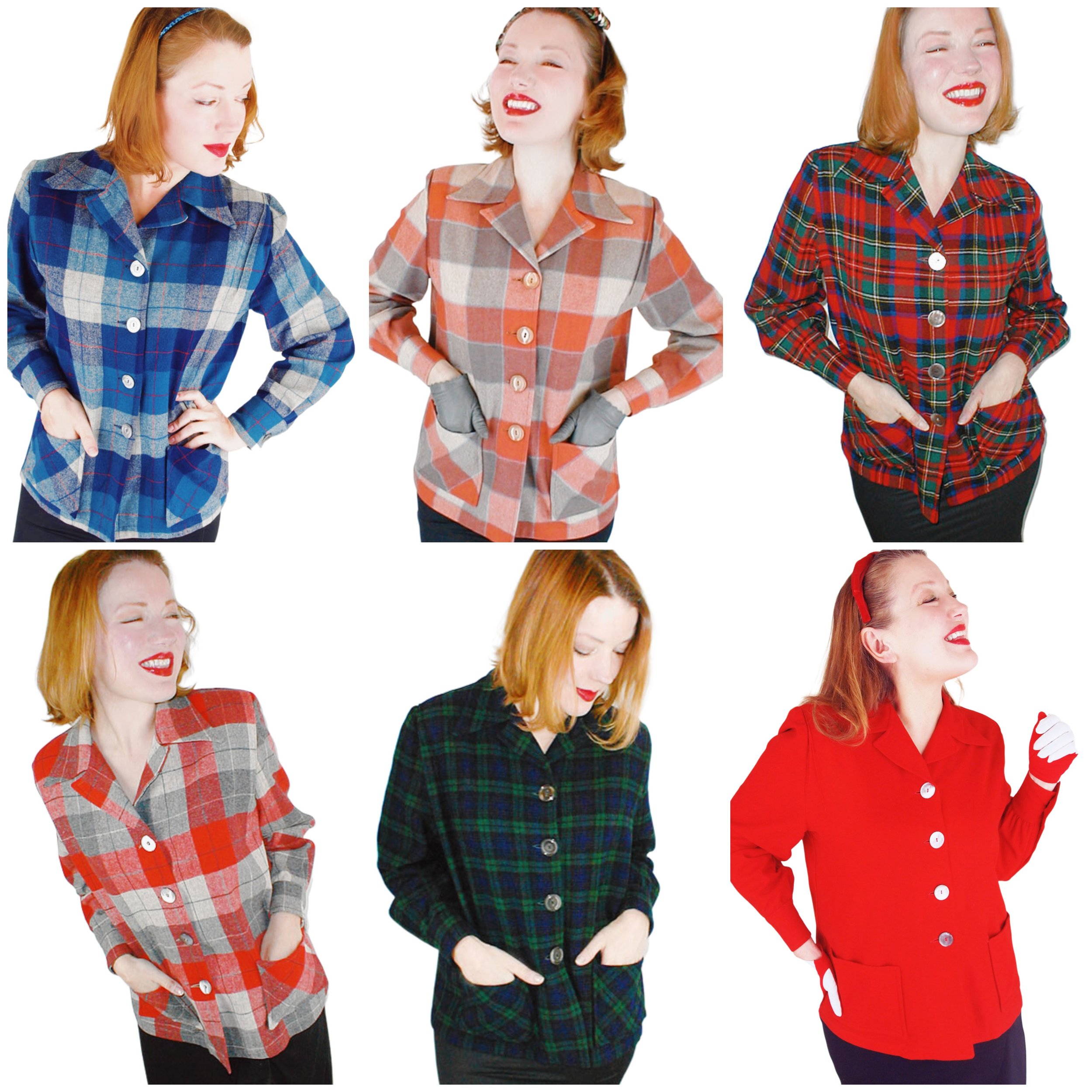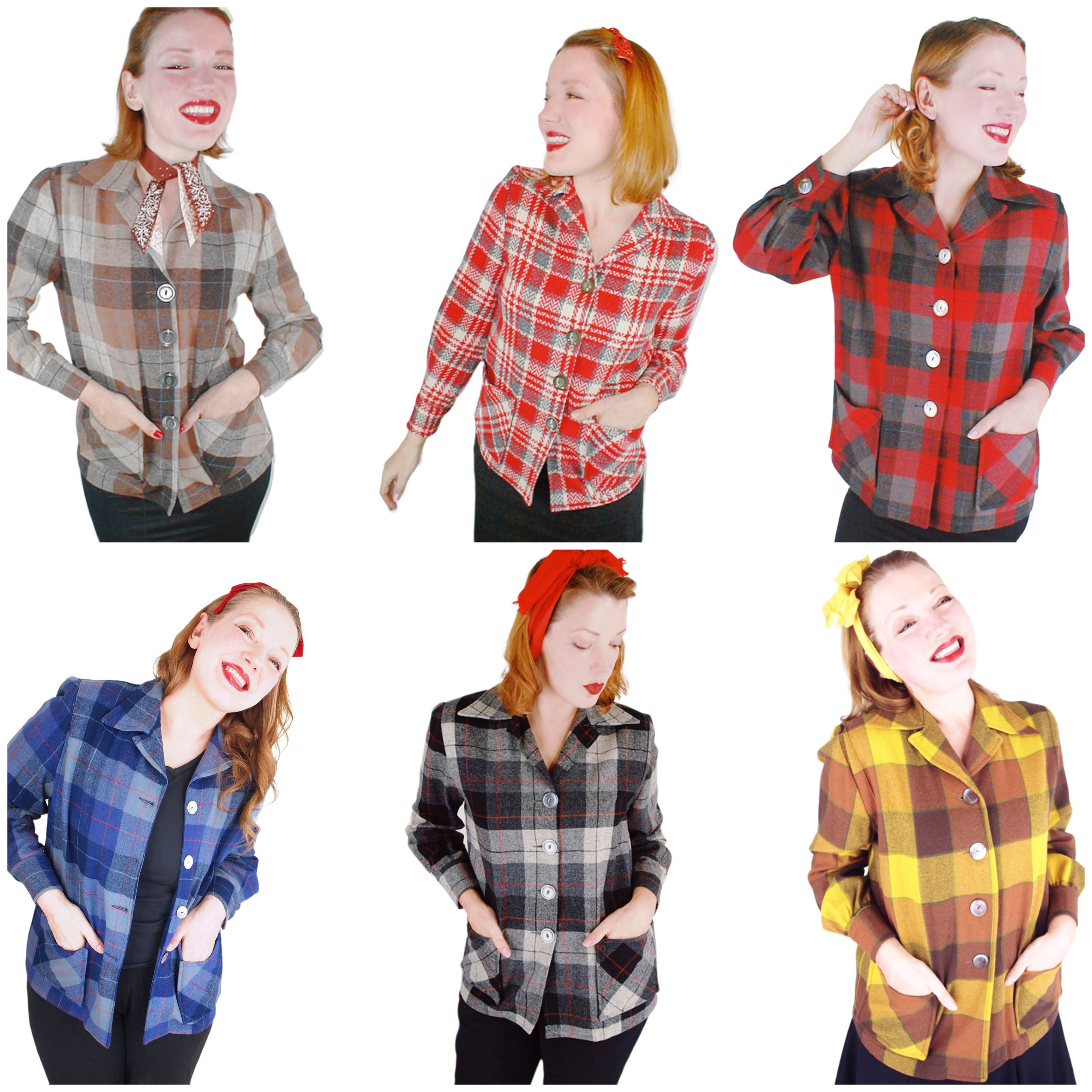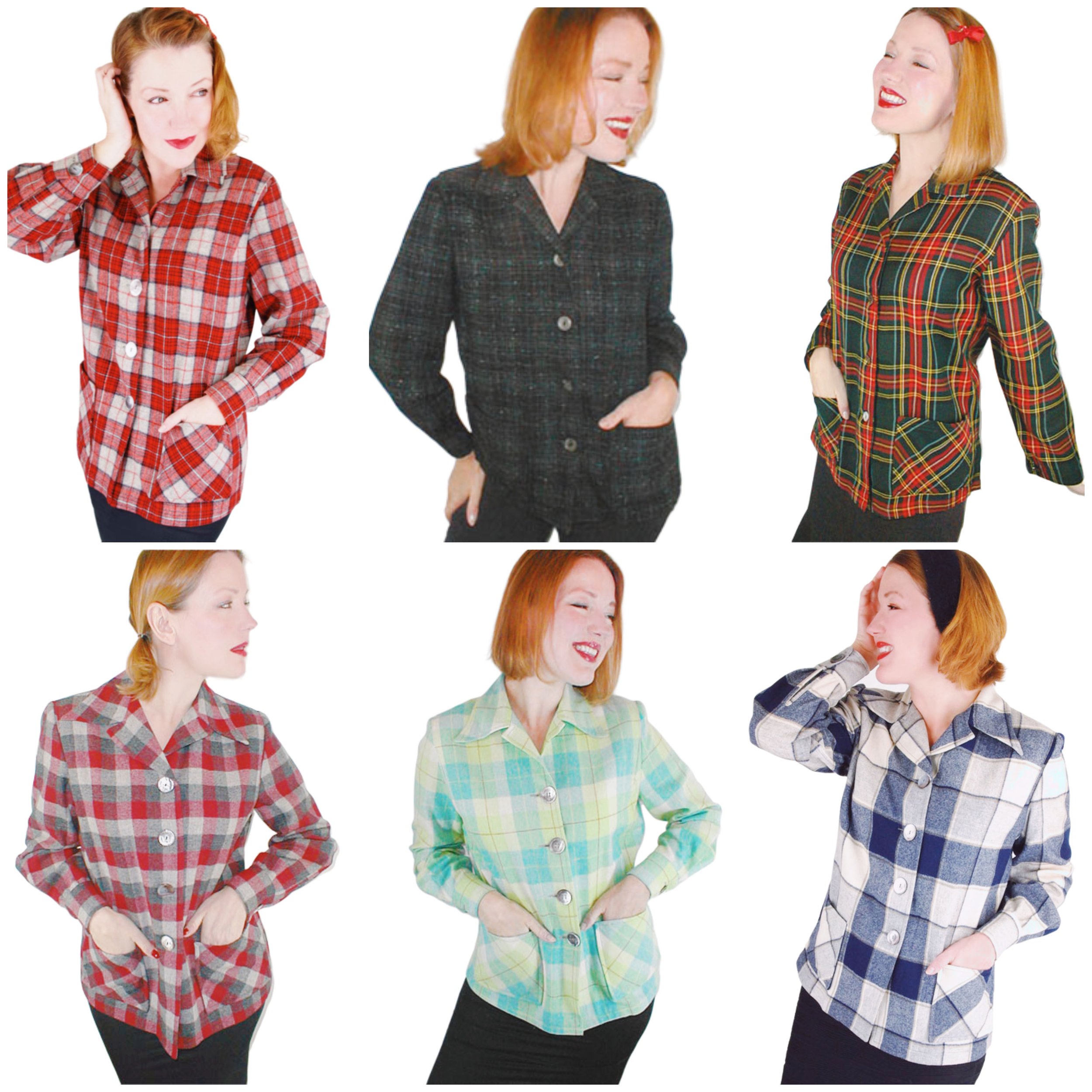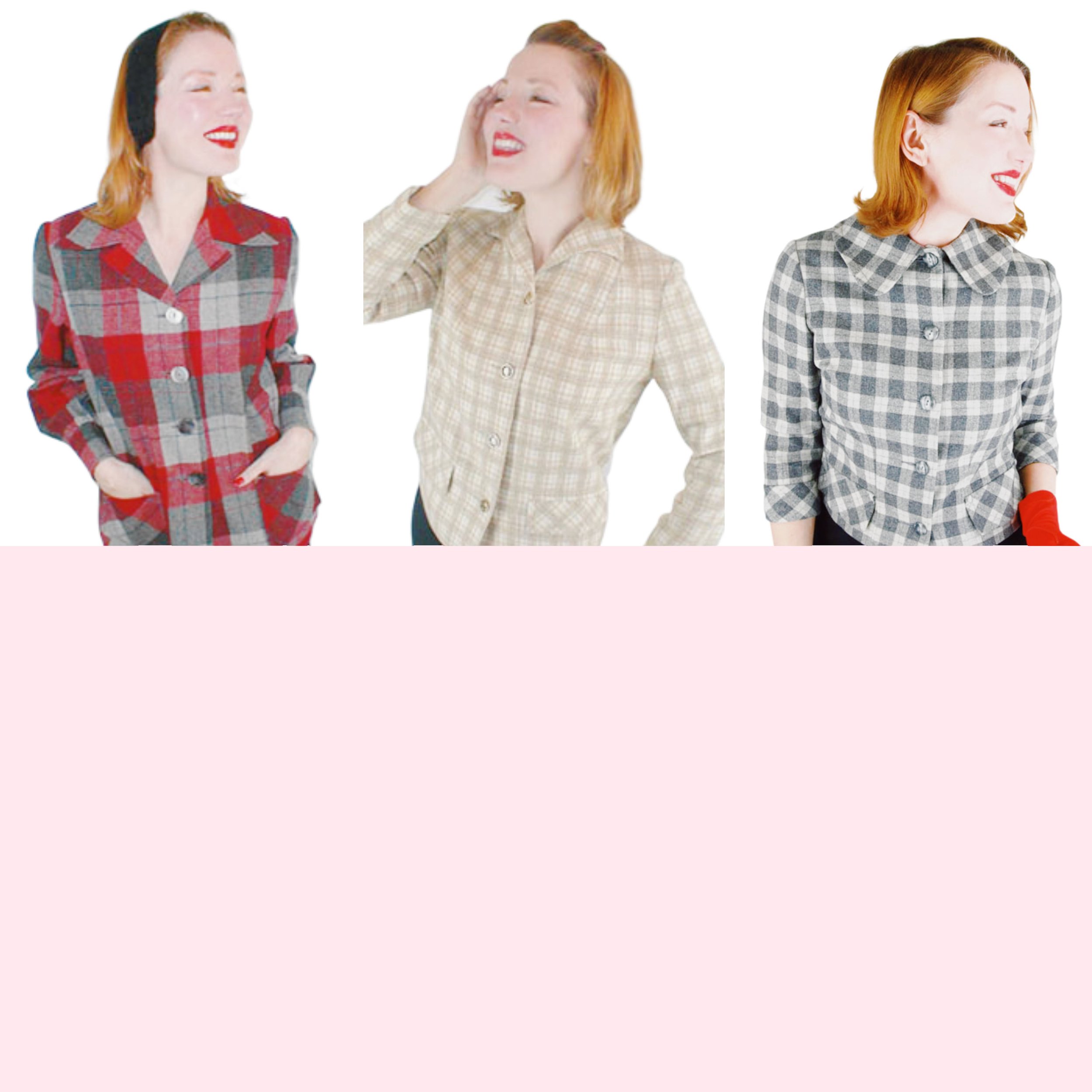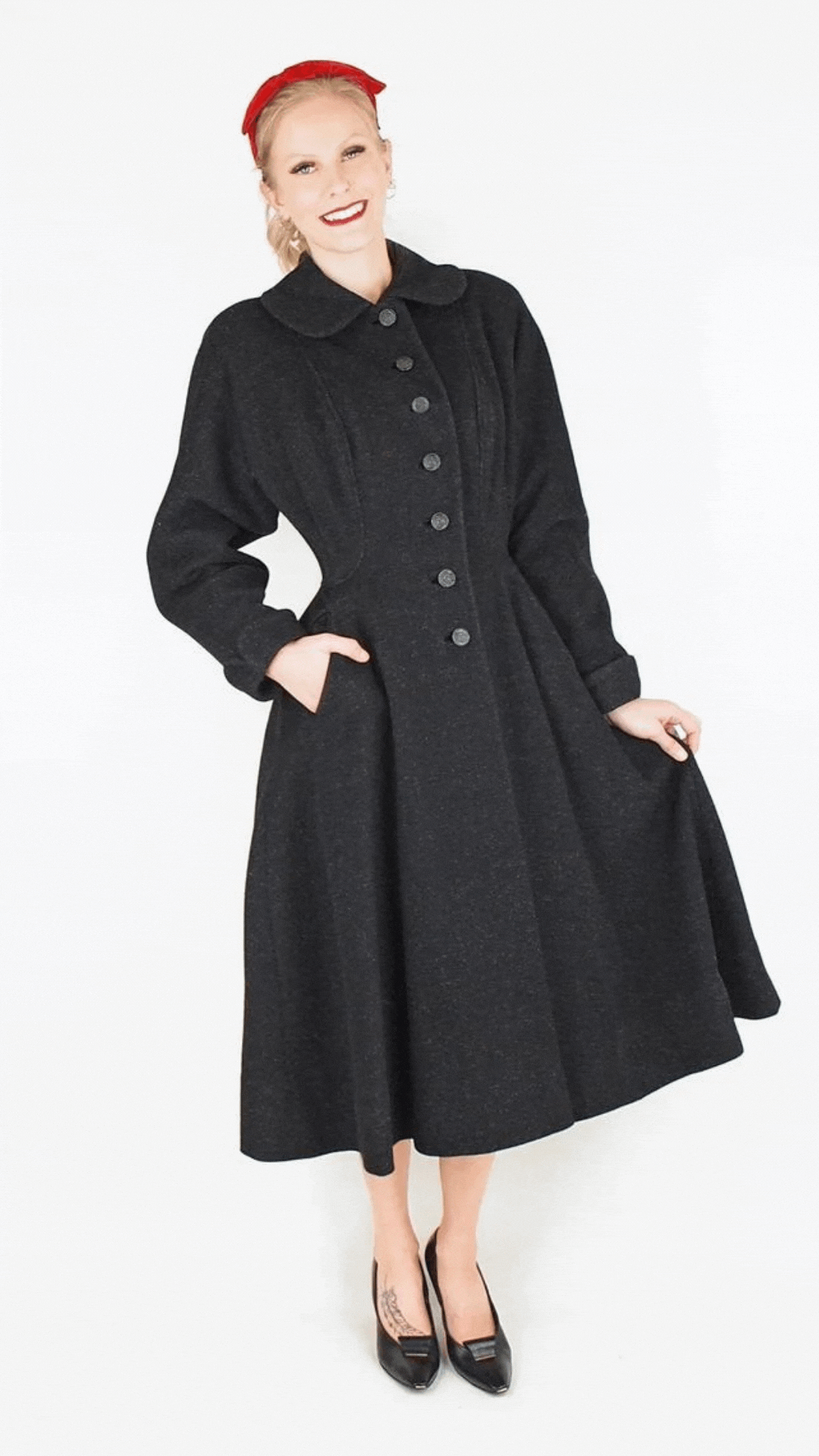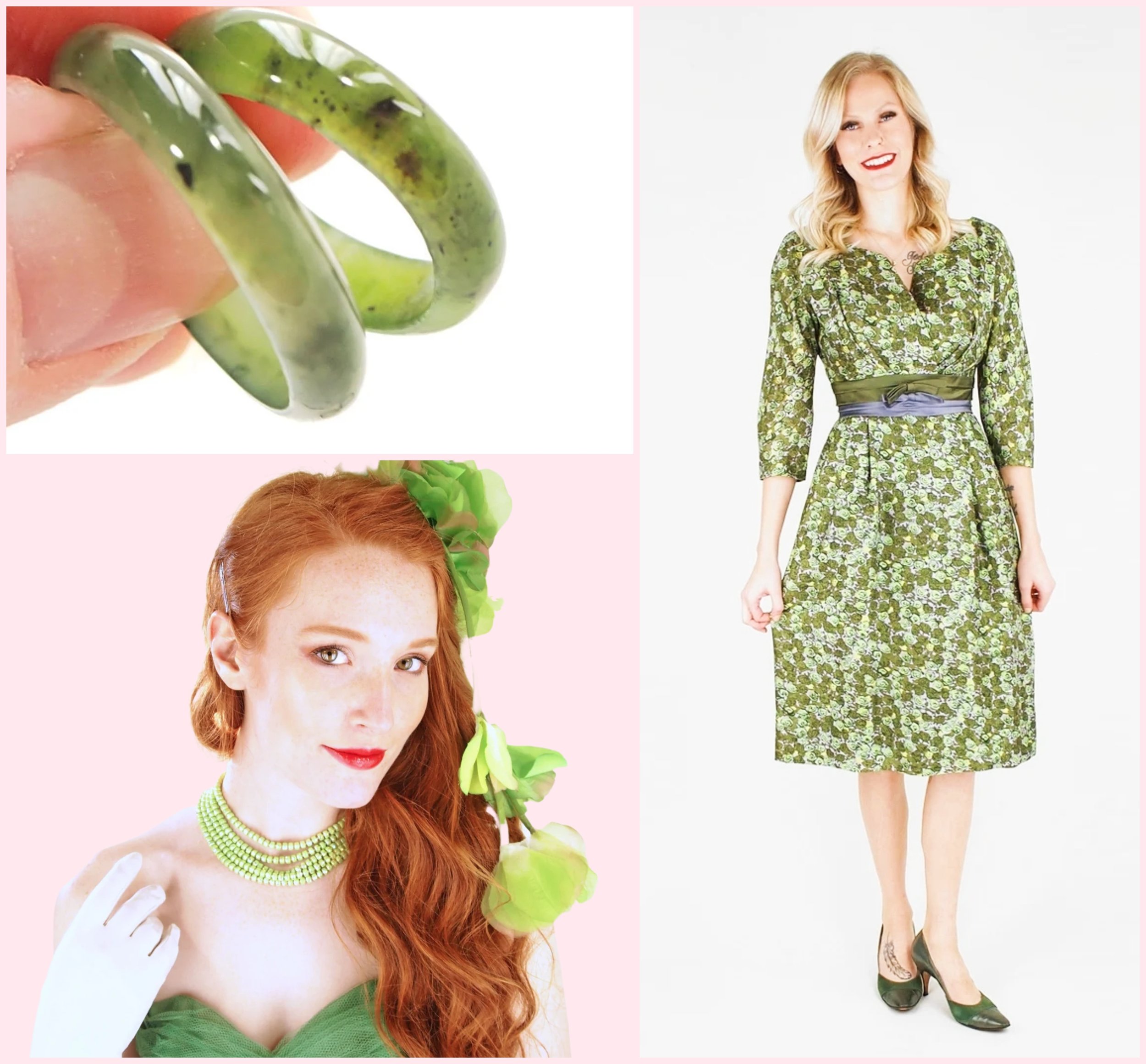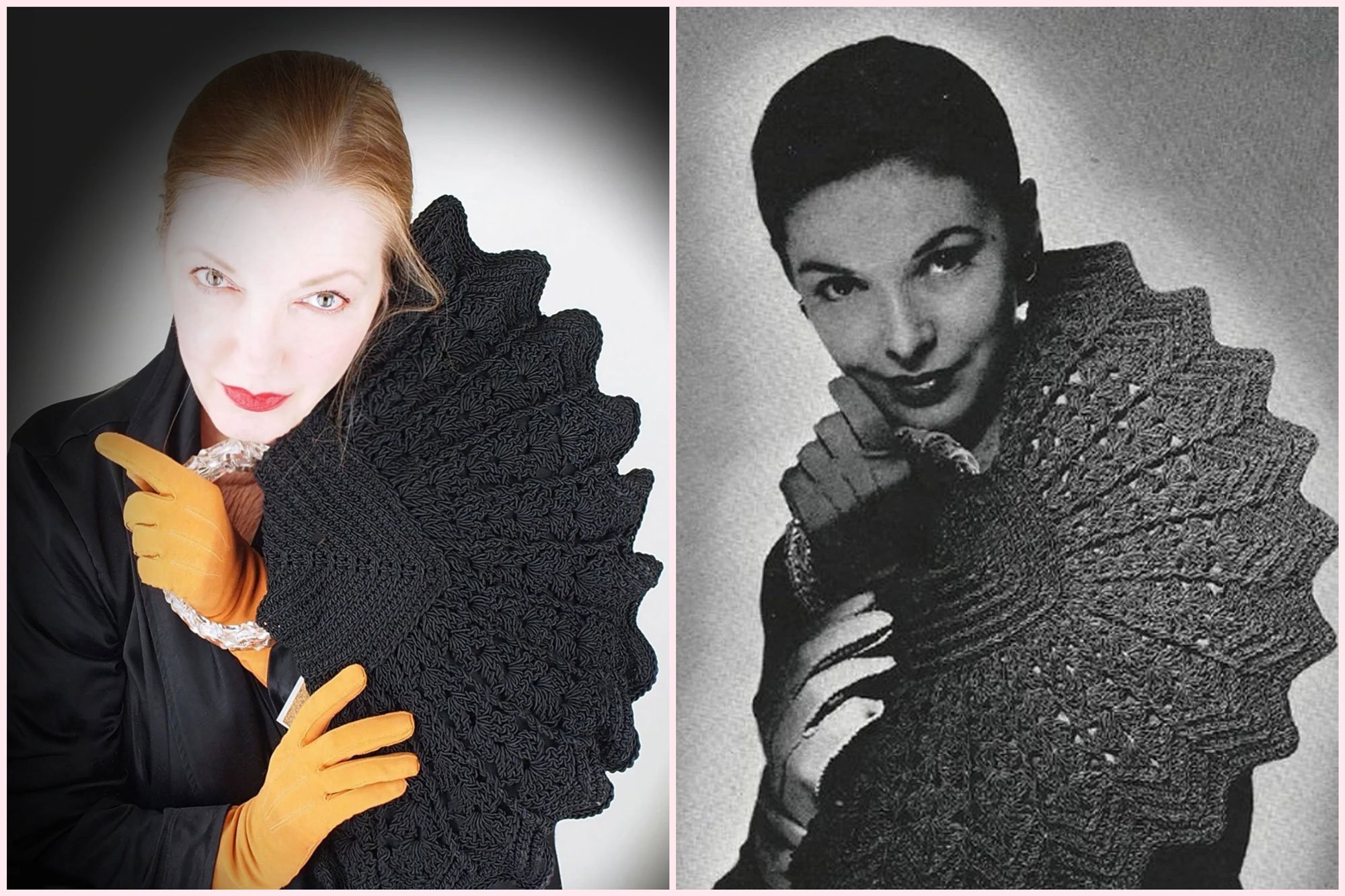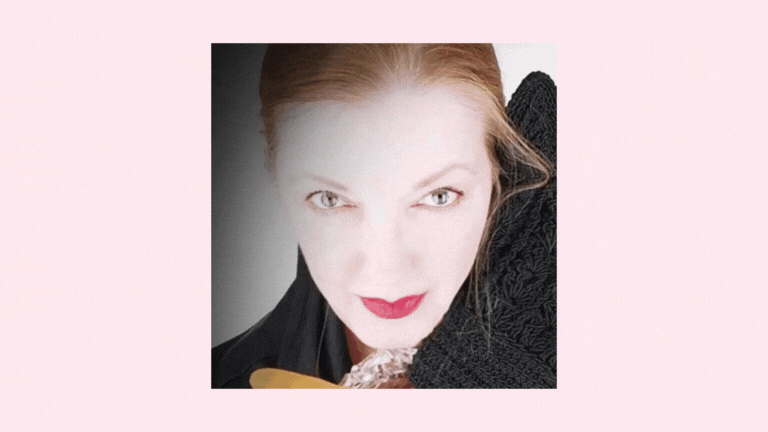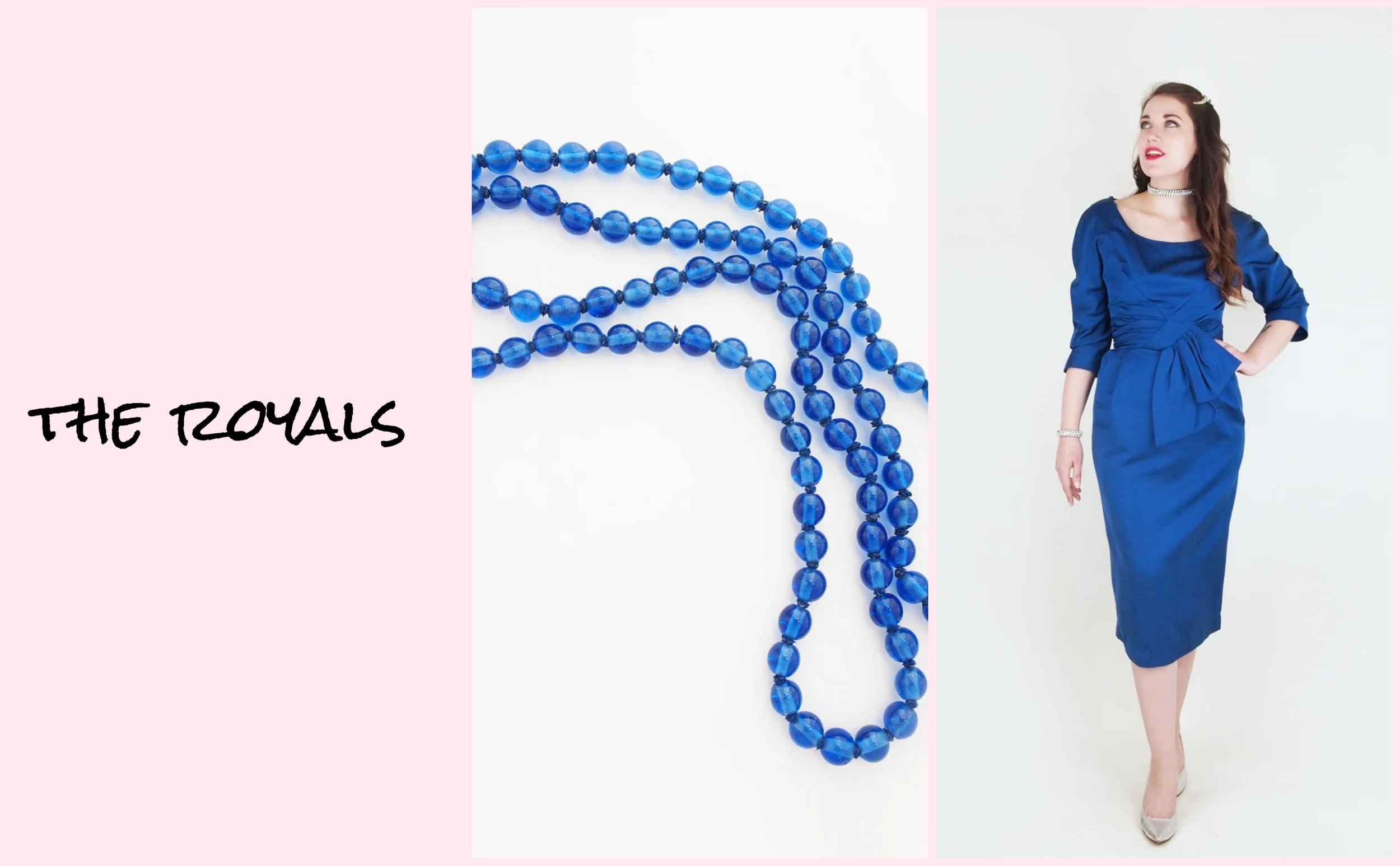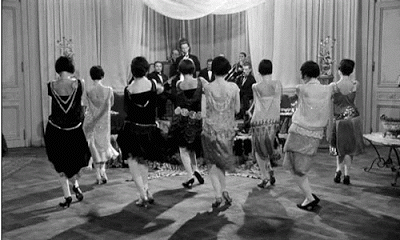Vintage condition. Many excellent vintage fashion sellers use this term to say something like “good considering it is old.” So, presumably, it isn’t like newer clothing in good condition. The word vintage means the condition reflects the age and wear and tear that you might expect given the item is at least 20 years old.
But hold up. What do you consider the expected condition of a dress from the 1960s? How about the 1920s? How does that compare to someone else’s expectations?
From a seller’s point of view, the term vintage condition may feel like a helpful shorthand, but for the buyer it can be much more troublesome. In a discussion on Etsy forums (Forum Topic - Excellent Vintage Condition vs Excellent Condition), a vintage seller asked what others thought of the term.
One seller responded, “I try to be as specific as possible about any condition issues and show pictures of any problems rather than relying on general terms.”
One response was harsher: “I’ve generally found this type of description as a way to oversell flawed vintage items. What would typically be described as ‘fair’ under normal circumstances, suddenly becomes ‘great vintage condition’. Any serious collector of vintage knows there are still plenty of real ‘excellent’ and ‘mint’ vintage pieces available. Vintage doesn't necessarily have to mean there are flaws.” This person went on to say, “While flaws in and of themselves don't always negate the desirability of a vintage pieces, and sometimes actually add to their appeal, I think the overselling, false positive descriptions do the entire market a disservice and frankly, are many times bordering on consumer deception.”
Ouch! As a seller, you do not want to go there!
Another person added, “I agree that the meaning of 'vintage condition' is generally understood, but I never use it. The problem with describing condition, of course, is that qualifiers are all very subjective—your ‘excellent’ condition might be only ‘good’ to me.”
Yes, all qualifiers are subjective, and that’s why, years ago, a group of online vintage sellers worked hard to hammer out a set of words to codify condition ratings.
This chart has been edited and tweaked by various groups and sellers. Here is one provided on the Vintage Fashion Guild website.
And here are some examples of items that I consider to be in these conditions.
1. Pristine/Perfect/Mint. As new, with absolutely no flaws or wear.
This is quite rare, and having the tags still attached to a vintage fashion item does not mean it is flawless. It may have been stored where sun has faded the colors, or where insects have done damage. Basement odors, dripping pipes, cigarette smoke …there are lots of ways that an unused item can be damaged.
This is a dress by Lanz that, even though it dates from the 1940s, has absolutely no flaws of any kind. The original tags are attached, and it looks (smells, feels) like new.
Here on the other hand, is a 1960s dress with its hangtags still firmly attached. However, some small rusty stains are found near the hem. I would call the condition very good, and if I got the stains completely out I feel I could call the condition excellent.
So to be in mint condition, an item should have no signs of wear, no signs of age, to have been stored well and have no flaws of any kind.
2. Excellent. Used, with no noticeable flaws.
Here is a late 1940s to early 1950s dress with no hangtags. There are no flaws that I could find except that there are string belt loops and no belt. I would call the condition excellent, noting the lack of belt.
3. Very Good. Used, with minor flaws, no repairs needed.
This example might surprise you: An Edwardian silk faille capelet embellished with jet beading. The high neck is made of silk, the lining is also of silk, and a ribbon tie fastener—again silk. There is a lot of vulnerability there, but there is absolutely nothing wrong with the capelet inside or out except minor wear to the corner of the collar and fewer than 5 missing beads, with no loose ends where more beads could fall off.
I call the condition very good. I have purchased new clothing with more damage!
Another example, a faux fur bag and hat set: The set appears flawless from the outside, but there are whitish marks in the bag’s lining that I can’t remove. I would call this very good condition.
4. Good. Visible wear. Minor flaws and/or optional repairs needed.
Here’s an example of an item I consider to be in good condition. It is a silk panné velvet evening jacket dating from c. 1930. It has some smallish marks but most of all some golden streaks of discoloration. I had a reliable dry cleaner try to improve this but nothing doing. No repairs were needed, but the condition could only be called good due to the discoloration.
This is another item I’d say is in good condition. It’s a pair of boudoir slippers by Daniel Green dating from the 1950s. The vamps are in excellent condition, but the insoles, originally pale pink, are discolored and there are some marks. The soles show some wear and there are a few scratches on the satin covering the heels. They are perfectly sturdy and wearable, but the condition issues are not going to be readily solvable.
5. Fair. Numerous flaws, repairs needed, fragile.
What can I say? It’s heartbreaking, but many a 1920s dress is in fair or poor condition due to use, weight of embellishments (metallic threads and beading are notoriously hard on lightweight silk) and of course, being a century old. This one I considered a flawed, delicate wearable. I probably would only wear it (if at all) very carefully just for photos or similar. The Charleston is out. But how could one completely sideline such a beauty? I know that dresses from the 1920s can be tattered to pieces, still, I would not call the condition of this dress very good or good for its age, I’d call it fair.
6. Poor. Extensive damage. For display or study only.
There are reasons to offer items that are extremely damaged. A garment from the 1700s might be in poor condition, but worthwhile to repair and conserve to display. A shirt worn to bits by Hank Aaron would be treasurable as is. Some apparently worthless items could have value for parts such as beading or lace.
I know that my judgement of the condition of each of the items I used as examples would not completely match other very ethical and thorough sellers—we all see things a little differently. So, I would argue, each of these condition ratings is subjective enough without any generalizing qualifier such as “vintage”.
Does a seller need to show a condition chart to customers? No, that’s not necessary, although it may help guide a buyer to understand the meaning of your words, and therefore trust your assessment. The crucial things for the buyer are for you as the seller to describe and show the flaws. Remember, condition is both inside and out and it includes alterations. It is not just about the look, but the odor and feel.
Some of my (ahem) less than ideal purchases have included 1. A sweater with no condition description (and limited photos) which was more like a hole with a bit of sweater around it. 2. An “excellent vintage condition” dress with obvious staining under the arms. The seller explained, “but the stains only show when you lift your arms!” I’ll have to try to remember not to hail a cab… 3. An “excellent condition” jacket with tears throughout the lining. This seller said he didn’t know that the inside mattered!
As a person who purchases vintage items online, I’m acutely aware of condition and try very hard to figure out exactly what each seller means. I scrutinize the pictures, read the text and even ask questions. If someone includes “vintage condition” and the item has no noticeable flaws, I will write to ask what makes the condition “vintage”.
To sellers: Put on your buyer’s shoes and make it as plain and simple to know exactly what you mean and you will avoid questions, frustrations, click-aways, disappointments …and returns.
News flash: I don’t know everything. Everyone lives and learns. I have been buying vintage clothing and accessories forever, and selling for 24 years. I still make mistakes, and I still modify what I do when I find a better way. I’m still learning and will always be learning.
However, I don’t think I could change my mind about “vintage condition”—it is not helpful in describing vintage fashion.





























